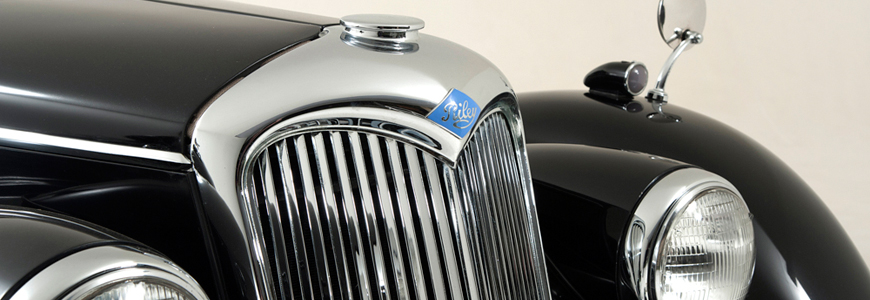
New vehicles are frequently added to the National Motor Museum’s collection of historic vehicles. This month, a particularly glamorous machine has travelled across the world to join the collection.
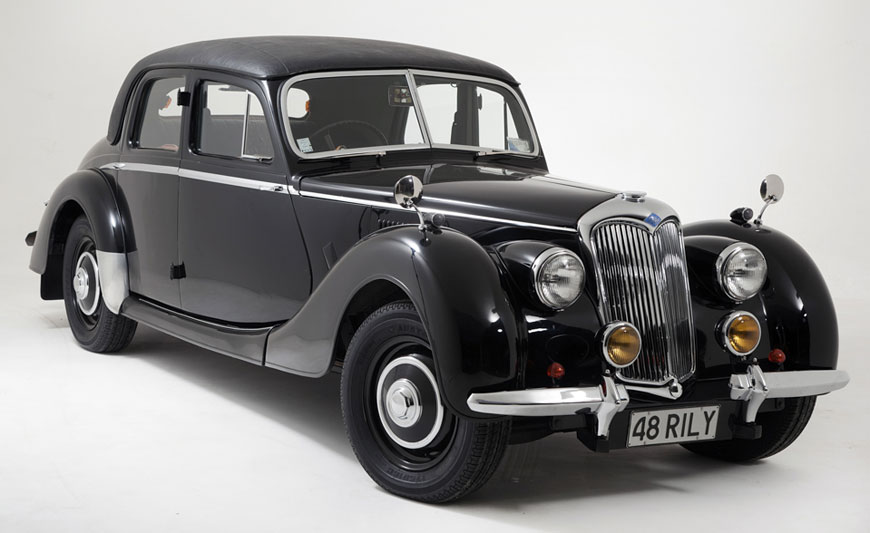
Remarkable Riley
The Riley RM series of cars, which includes saloons, a convertible and a drophead coupe, is well known in the classic car world for its attractive styling and lively twin-camshaft engines. The Riley RMA and RMB saloons were both unveiled in 1946, and while the RMA was fitted with a 1.5-litre engine, the RMB boasted a more powerful 2.5-litre engine.
The 1948 Riley RMB that has arrived at the museum has a remarkable story to tell. When the car was new, Swiss coachbuilder Reinboldt & Christé AG of Basle carried out a number of subtle body modifications to it. Two German coins dating from 1949 still accompany the car, souvenirs of its time in Europe.
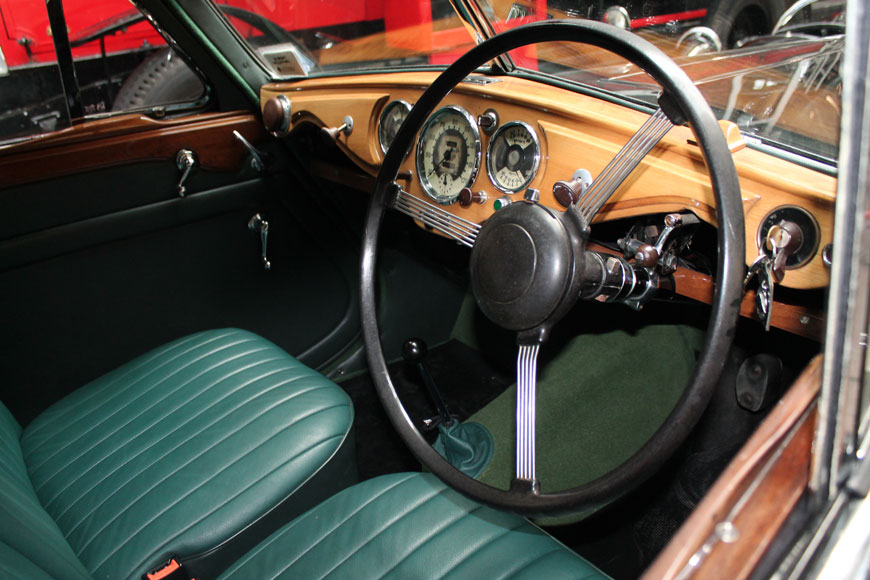
In 1955, the Riley was shipped to New Zealand. There it was purchased by Mr Pat Welch, who with his son James, used the car to compete in hill climbs and races for the next five years. It was sold in 1970, but bought back by James in 1985 and restored with the help of the Riley RM Club. While a standard RMB would have originally produced 100bhp, this example’s 2443cc four-cylinder engine has been tuned to give 120bhp.
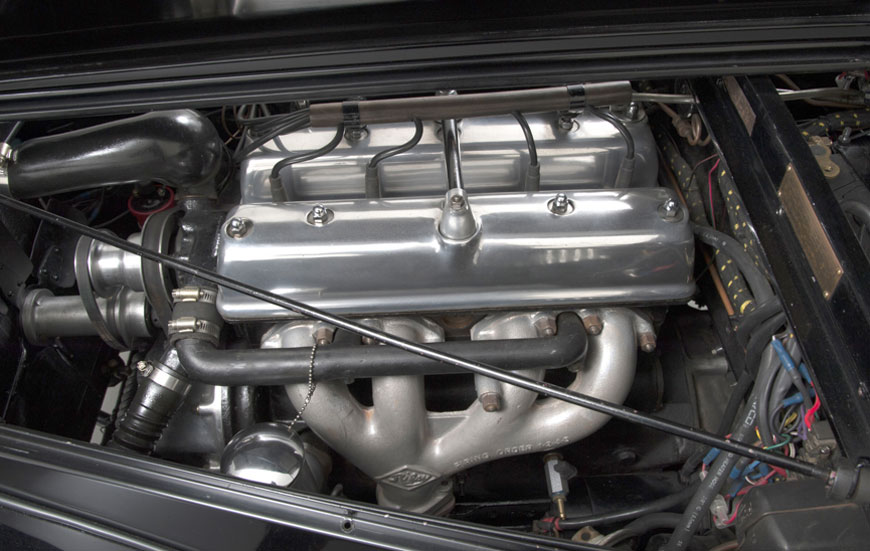
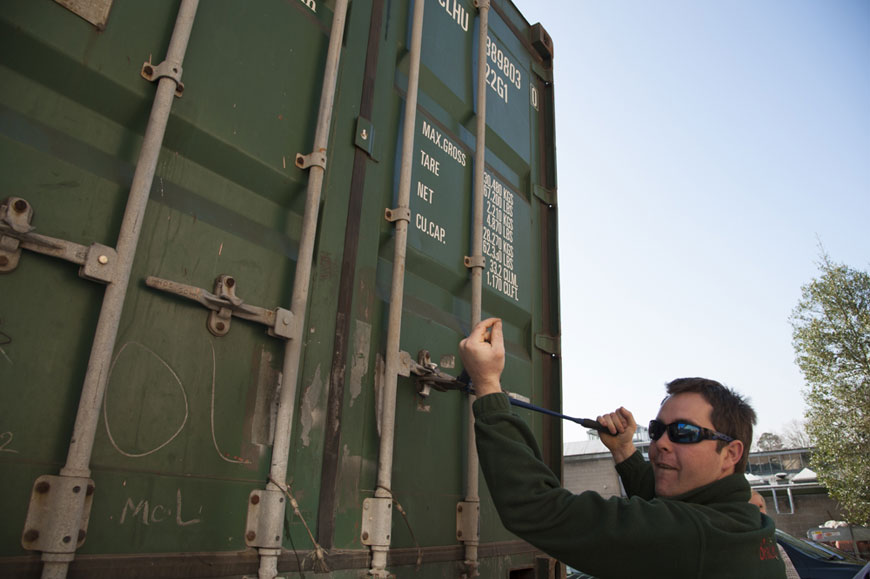
Generously donated to the National Motor Museum Trust by Mr James Welch, this immaculate classic was shipped back to the UK. Once it had arrived in the New Forest, the National Motor Museum engineers could carefully extract the Riley from the shipping container that had protected it during its ocean voyage, before putting it on display.
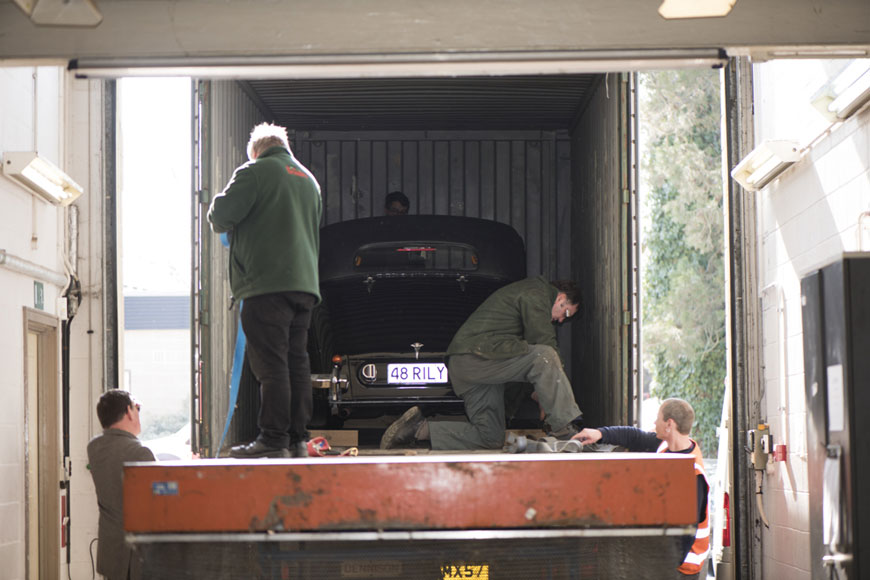
Monorail Overhaul
Following a cosmetic spruce-up, the Veteran Bus is now back in service, transporting visitors around the Beaulieu attraction. Meanwhile, the workshop engineers have also been preparing the iconic Monorail for its summer duties.
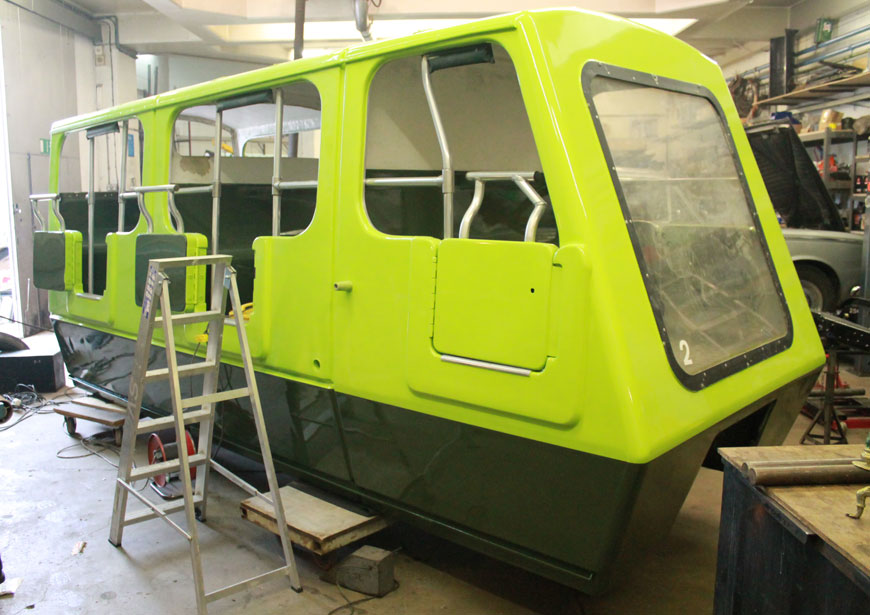
The Monorail is subject to rigorous annual safety checks and every year, both of the Monorail ‘trains’ receive a mechanical overhaul. The chassis frames which support the carriages are stripped down, inspected and painted, before their bearings are re-greased and the whole lot is reassembled. This year the carriages have been completely repainted in their distinctive two-tone green livery, to ensure that they look the part as they trundle along the overhead tracks.
